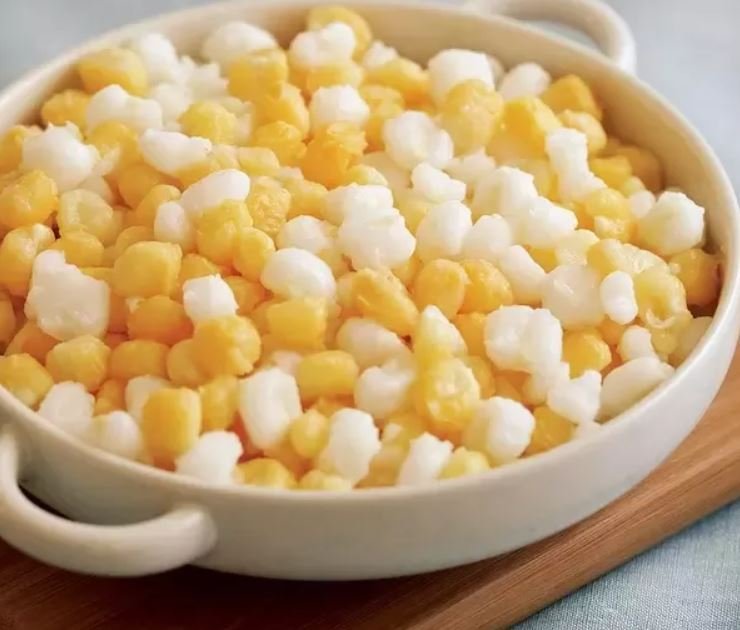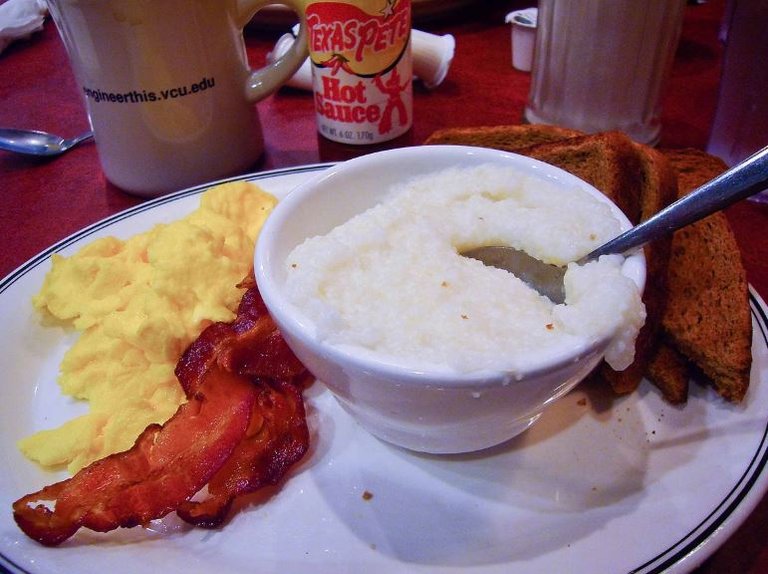Maize, what Americans call corn, doesn't keep inconclusively when dried, on the grounds that the germ is as yet alive and will grow. Likewise, on the off chance that you have an eating routine that comprises for the most part of maize, you will create pellagra in light of the fact that your gut can't retain the niacin in the maize.
So around 1200 BC, the local Americans in Mexico found a method that would enable dried maize to keep, and made it more nutritious, albeit clearly they didn't think about that. It's called nixtamalization, from an Aztec word, nixtamall. On the off chance that you drench the maize parts in water blended with a little measure of a salt, lye or lime (the mineral, not the organic product), the body falls off and it swells up. The germ is murdered, so it won't grow. You can acquire weaken lye by running water through wood fiery debris. (This is additionally how the early pioneers made lye cleanser.) This training spread all over eastern North America.
Doing this yields a substance called hominy, or, in other words Powhatan word for arranged maize. The parts swell up and they go up against a particular tart flavor from the lye or lime. Likewise, it experiences a concoction response that makes the niacin open to human assimilation. It's not to everybody's taste, but rather I like it a considerable measure. You would then be able to bubble it and eat it straightforwardly, or dry it and keep it.
This is cooked hominy. You can get it in jars and simply warm it up. It's commonly either white or yellow, however this is a blend:

On the off chance that you dry the crude hominy and afterward crush it, you get a kind of cornmeal which we call corn meal or some of the time hominy corn meal. It fairly takes after polenta, with the exception of that it has the unmistakable hominy season and doesn't require such a great amount of work to cook.
To eat it, you reconstitute the corn meal with bubbling water similarly as you do with cereal porridge. Some like it rather wet and messy, however I favor it genuinely hardened. It's not by any means appropriate for sweet increments, however it's magnificent with salt, pepper, and spread. It's ordinarily had at breakfast:
As a side dish at supper, cheddar is regularly dissolved into it also. This was designed in the American south, is still extremely prominent there. Yet, you can think that its privilege over the United States now.
Likewise with polenta, you can likewise empty it into a container, let it dry out somewhat, at that point cut it into cuts and meal or sear them, which includes a more extravagant flavor.
